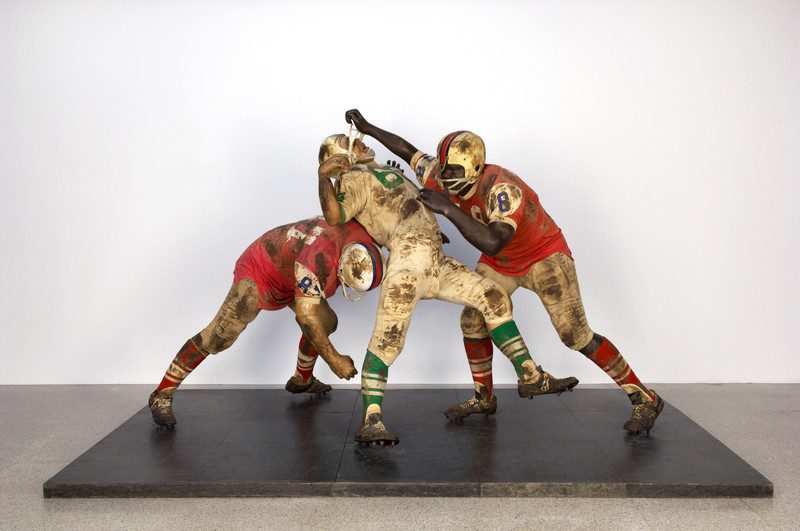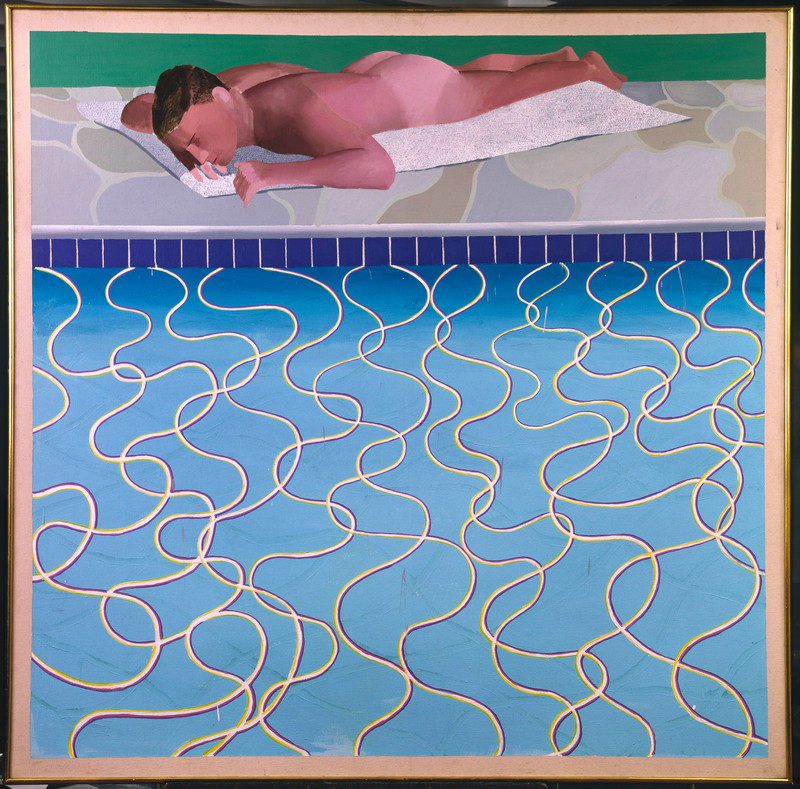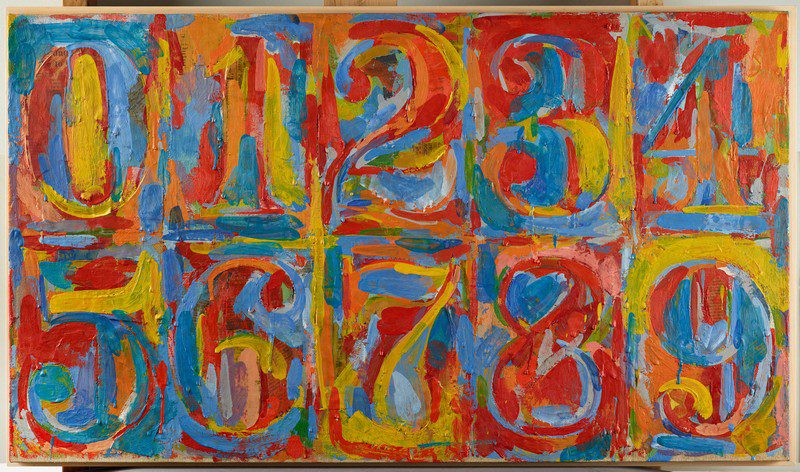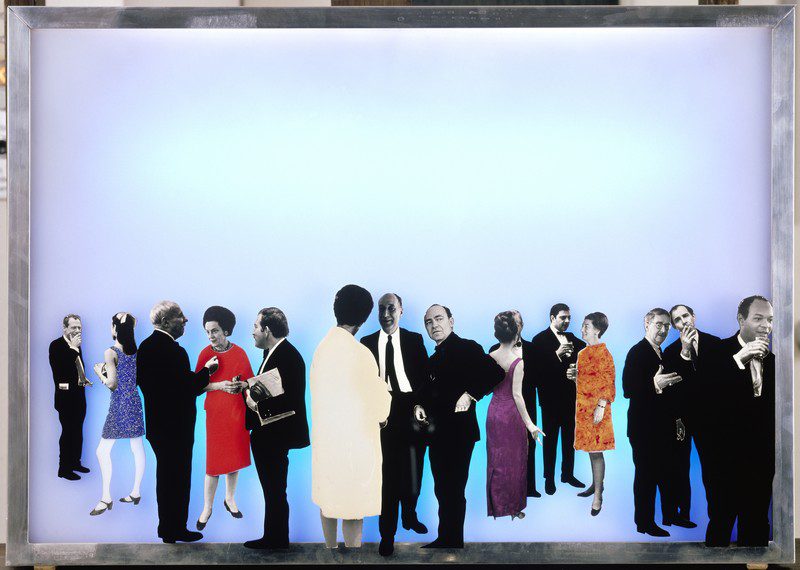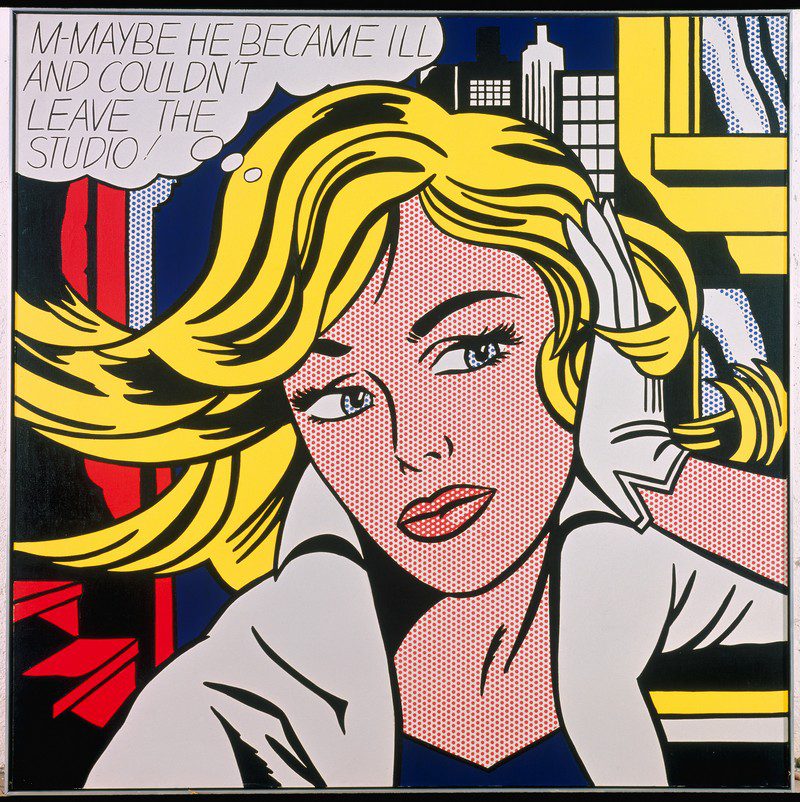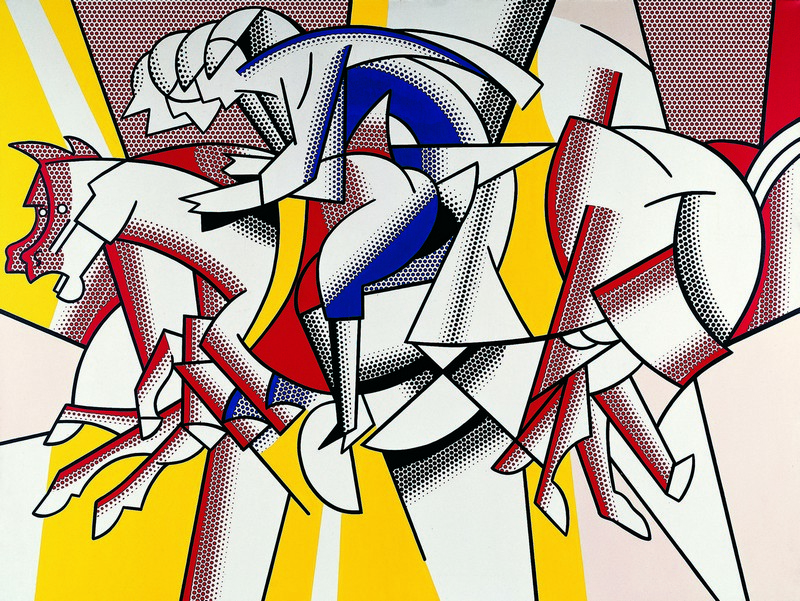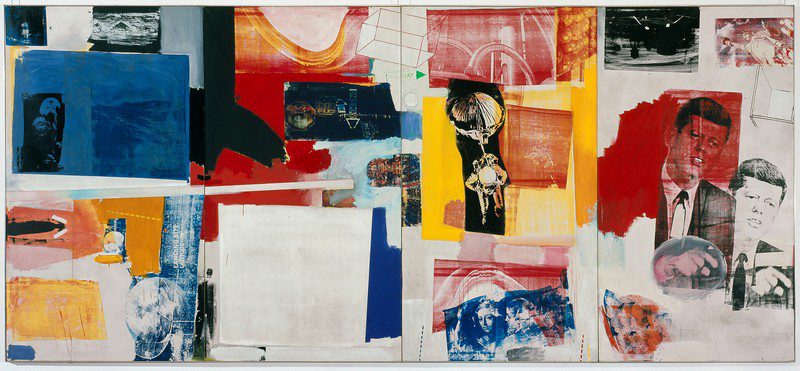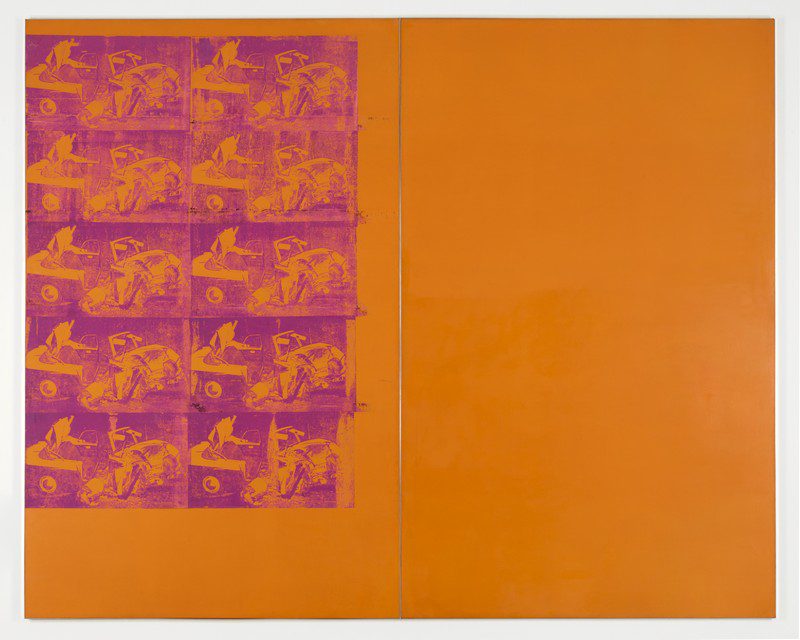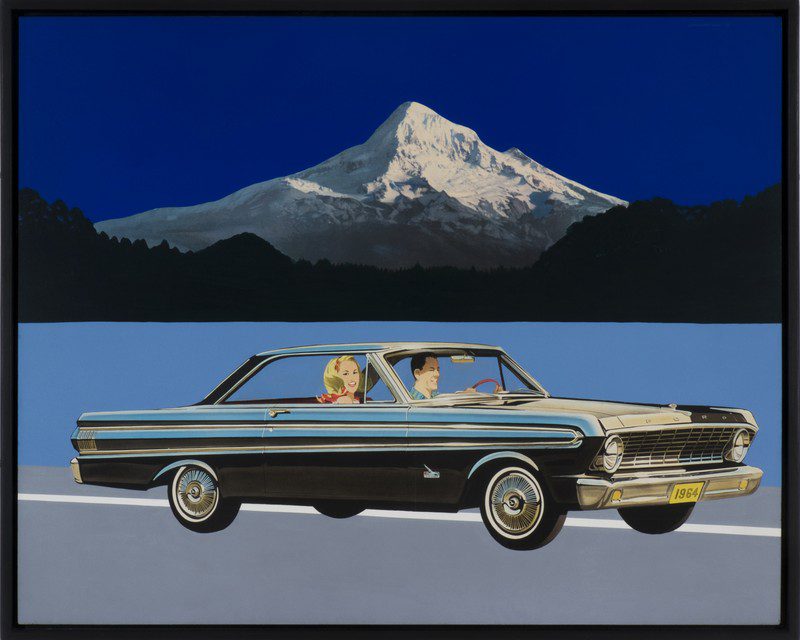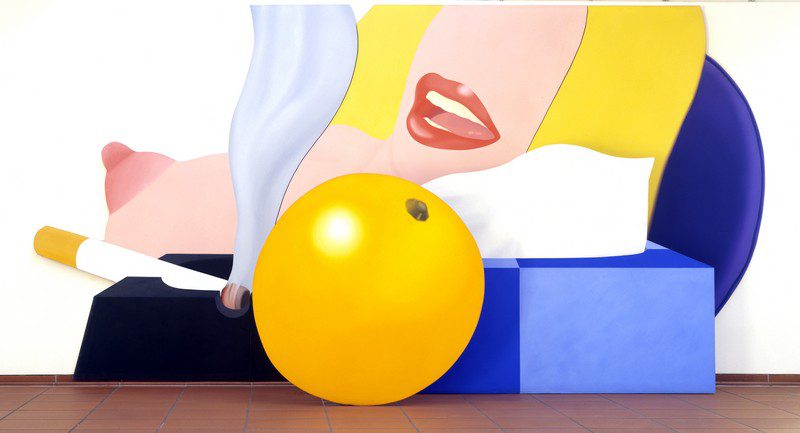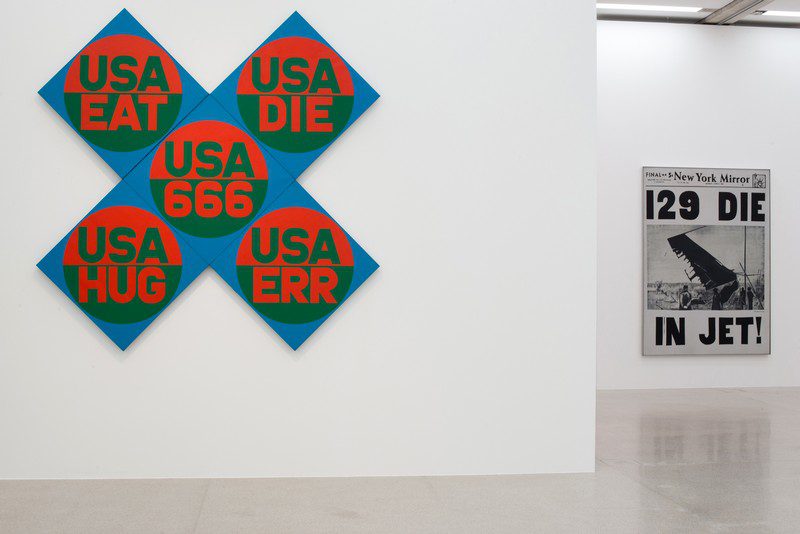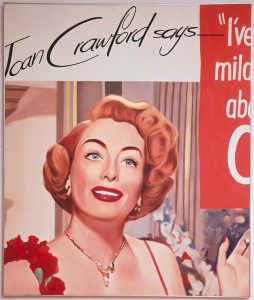ART-TRIBUTE:Ludwig Goes Pop
From February 2015, mumok is presenting one of the world’s most significant holdings of Pop Art, the collection of the German industrialists Peter and Irene Ludwig. For the Ludwig Goes Pop exhibition at mumok in 2015, the Ludwig Collection will be brought together from its seven homes in Europe and museums for the first time and thus be seen as a whole. In this extensive overview, around 100 works from the different institutions associated with the Ludwigs have been brought together.
By Efi Michalarou
Photo: mumok Archive
Pop Art was quicker than any other art movement of the twentieth century to gain entrance to art markets, and was widely exhibited and enthusiastically received as soon as it began to emerge on the scene in the USA. The works of Pop Art mirror the sense of life in the 1960s. This art reacted to the increasing commercialization of postwar society and the growing presence of mass media such as television, advertising, and print media. Pop Art took an interest in packaging, the outer sheen, the cliché, and quotation. High and trivial culture were not seen as fundamentally different. The presentation of the real in art was accompanied by an ambivalent view somewhere between a fascination for the seductive clichés of the world of commodities and advertising and its rejection as the epitome of “kitsch” (Clement Greenberg) and “false consciousness” (Theodor W. Adorno). Pop artists appropriated the aesthetics of contemporary advertising, made use of popular means of production and expression, such as photography, film, or comics, and they lifted them to the status of contemplative objects, while at the same time scornfullyparodying the clichés of so-called high art. They were interested in urban experience and the superficialities of the consumer society. The degree of illusion of their figurative images and motifs was taken to extremes, since reality seen through the media and its consumable outer sheen was the key theme of Pop Art. It can now also be seen as an attempt to analyze the sociological effects and ideological implications of commercial forms of communication. The mumok exhibition focus on works from the mid-1950s to the mid 1970s. The most important protagonists in American Pop Art will be included with large groups of works and single key works of artists such as: Duane Hanson, Jasper Johns, Roy Lichtenstein, Robert Rauschenberg, Andy Warhol, and Tom Wesselmann. Important British Pop artists will also be included, with works by Peter Blake and Richard Hamilton. Books, records, and films like Dara Birnbaum’s Pop-Pop Video (1980) of the time complement the exhibition and place the works within a larger social context.
Info: “Ludwig Goes Pop”, Currator: Susanne Neuburger, Museum moderner Kunst Stiftung Ludwig Wien, Museumsplatz 1, Vienna, Duration: 12/2-13/9/15, Days & Hours: Mon: 14:00-19:00, Tue-Sun: 10:00-19:00, Thu: 10:00-21:00, www.mumok.at/en
